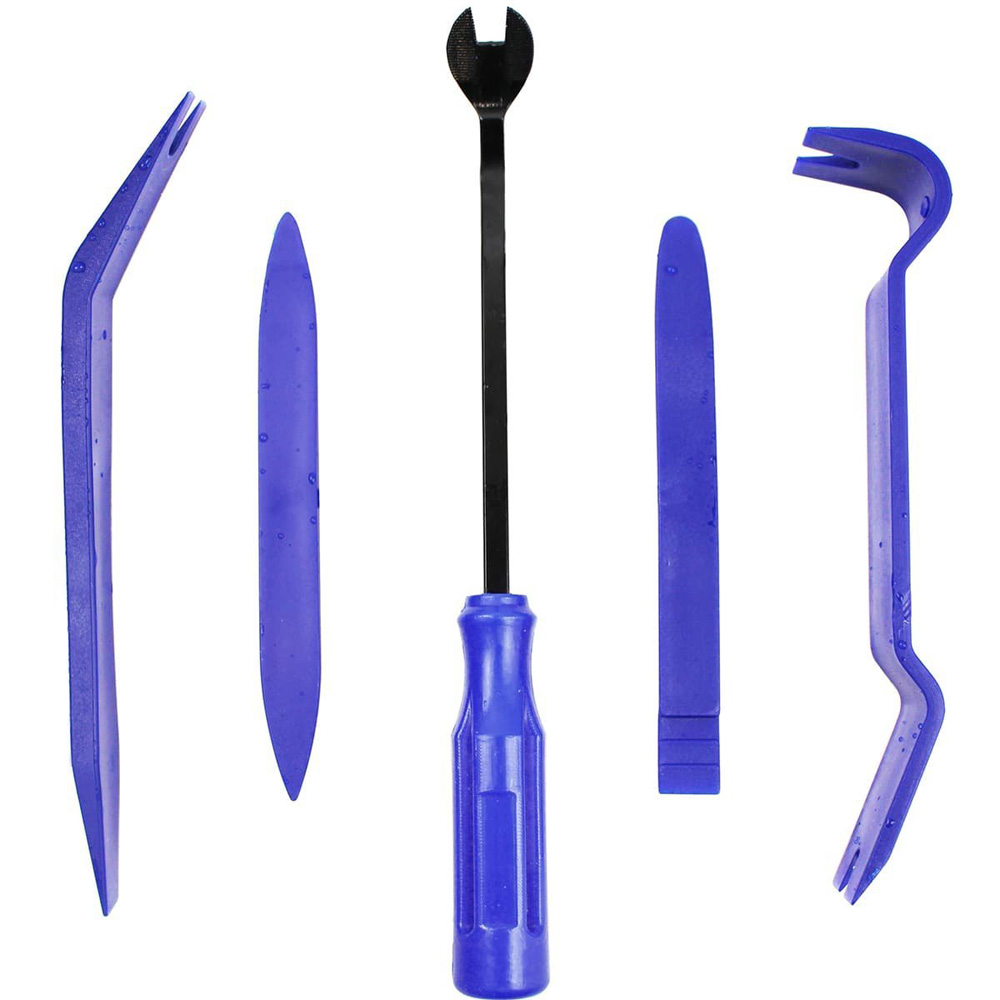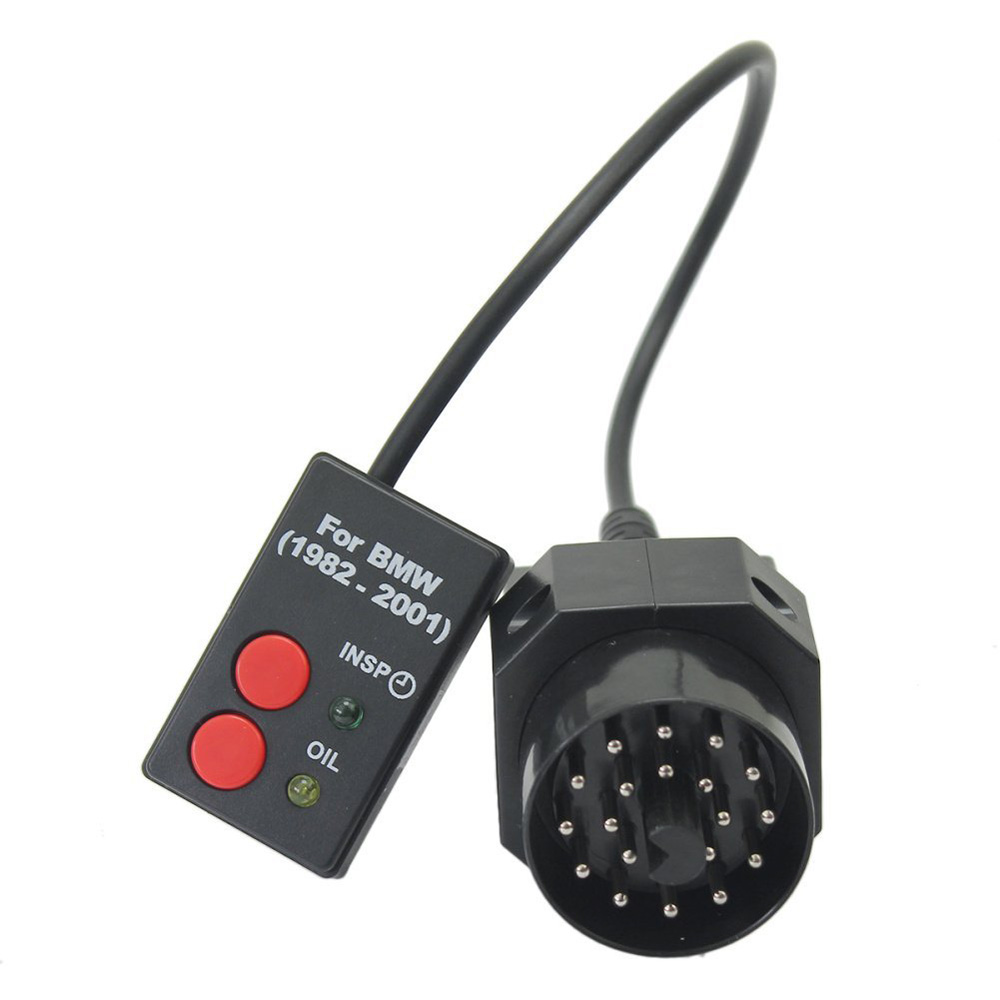Huang Kaiguo Li Longfeng Yin Qihua Shi Ziling Zhang Jilin Flotation has been successful in the branch stream DEXING copper ore processing plant 0, No-1 systems industrial test, the period of production No. 1, No. 2 as compared to conventional flotation systems, copper rougher concentrate grade of 2.41% recovery The rate was increased by 0.7%, and the average unit consumption of xanthate and ether alcohol was reduced by 29.2%. At the same time, a selected operation was reduced, the processing cost in the separation stage was reduced, and satisfactory results were obtained. First, the test process and process conditions The branch flow flotation industrial test process and process conditions are determined based on the best results of the small test, combined with the actual situation on site. Process. The first system is the No. 0 system on site, and the second system is the No.-1 system. The first rough foam is pumped to the second raw slurry mixing drum, and the second selected foam is returned to the first raw slurry mixing tank to cancel the selection of the original No. 0 system, and the other operations remain unchanged. See Figure 1 and 2 for details. The conventional flotation process for the No. 1 and No. 2 systems selected for comparison is a coarse, one fine, two sweep, and the medium mine sequence return process. Considering that the system of No. 0 or No.-1 sometimes has insufficient ore supply or abnormal equipment operation, in order to avoid the test affecting production, this test adopts a three-way pipeline facility, which can realize branch stream flotation and restore the original The No. 0 and No.-1 systems perform conventional flotation separately. Figure 1 Schematic diagram of the branch stream flotation addition pipeline prescription. The industrial test was carried out from April 10 to 19, adding the first (system 0) drug consumption, based on xanthate (ethyl and butyl 1:1 mixture) 65 g / ton, ether alcohol 18 g / ton as the benchmark It has the same drug consumption as the conventional flotation system No. 1 and No. 2. The second (-1 system) drug consumption is halved, and the total of the two is reduced by 25%. The dosing method is unchanged, the xanthate is formulated into a 10% solution, and the ether alcohol is added as a stock solution. Dosing location, according to the original arrangement: xanthate added to the original slurry mixing tank, sweeping one, sweeping two, accounting for 75%, 15%, 10%; ether alcohol added to the original slurry mixing tank; lime and sodium sulfide according to the original It is customary to see the addition of foam phenomenon, both of which are added to the original slurry mixing tank, but the amount of sodium sulfide added can not be interrupted by about 100 g/ton. Because the pH value of the returned water has reached about 11, the pipe with lime milk can not be controlled by remote operation, so the pH value of flotation operation is generally above 11~12. ore. Among the ore processed during the test, porphyry ore accounts for about 1/3, and the rest is phyllite ore. The main metal minerals are chalcopyrite, pyrite, molybdenite and other non-metallic minerals are sericite, quartz, calcite, tremolite, and kaolin. The ore contains an average of 0.54% copper, 2.78% sulfur, and 0.0076% molybdenum. Second, the test results and comparative analysis Since the branch flow flotation system (No. 0, No.-1) and the comparison system (No. 1 and No. 2) are composed of two grinding systems, the parking of any one of the grinding systems will affect the normal operation of the flotation. The statistics of the test results are counted in 7.5 hours or more according to the driving of each system. Thus, the test system (No. 0, No. 1) has 17 normal classes, and the comparison system (No. 1 and No. 2) has 20 normal classes. The statistical results of the indicators are listed in Table 1. In order to facilitate comparative analysis, Table 1 also included the production indicators for the first quarter of 1985 and the full year of 1984 before the system of No. 0 and No.-1 was changed to branch stream flotation. Table 1 Comparison of industrial results of branch-stream flotation and comparison with past and past production indicators Flotation process rough selection system Branch stream flotation Conventional flotation 0, -1 No. 1, No. 2 0, -1 Date April 10-18 April 10-18 January to March 1985 1984 full year Processing of minerals (tons) 16837 16174 196659 917042 Raw ore grade (%) 0.480 0.550 0.514 0.517 Concentrate grade (%) 9.59 7.18 9.54 9.67 Copper recovery rate (%) 90.45 89.75 87.77 82.24 Tailings grade (%) 0.048 0.060 0.071 0.064 Mill efficiency (ton / Taiwan) 62.5 54.0 59.1 65.6 Graded overflow (%-200 mesh) 59.1 58.5 59.5 60.5 %+80 mesh) 12.5 14.3 12.6 10.8 Drug consumption (g / ton) Yellow medicine (B: D = 1:1) 52 74 93 74 Ether alcohol 16 twenty two 131* 87** Sodium sulfide 61 Not tested 122 573 Stone ash pH 12 Not tested 2944 6542 Mineral processing efficiency (%) 87.13 84.21 84.3 84.79 Note 1: * No. 2 oil ** No. 2 oil or No. 2 oil + ether alcohol. Note 2: Beneficiation efficiency is as follows It can be seen from the table that in the case of low-grade ore grade (0.48%), the crude copper concentrate grade is 9.59%, the recovery rate is 90.45%, the comprehensive efficiency is 87.13%, and the xanthate and ether alcohol are obtained. The unit consumption is 52 g/t and 16 g/t, respectively. The raw ore grade of No.1 and No.2 conventional flotation systems is 0.55%, the grade of copper coarse concentrate is 7.18%, the recovery rate is 89.75%, the comprehensive efficiency is 84.21%, and the unit consumption of xanthate and ether alcohol is 74g. / ton and 22 g / ton. The cross-flow flotation was 2.41% higher than that of the conventional flotation No. 1 and No. 2 systems, the recovery rate was increased by 0.7%, and the average unit consumption of xanthate and ether alcohol was decreased by 29.2%. Compared with the first quarter of 1985 before the system (No. 0 and No. 1) was changed to branch stream flotation, the copper recovery rate increased by 2.68%, the single consumption of xanthate decreased by 44.3%, and the consumption of ether alcohol was only the first. In the first quarter, the fuel consumption of No. 2 oil was 12.2%. Compared with the whole system in 1984, the copper concentrate grades are similar, the recovery rate is increased by 2.21%, the single consumption of xanthate is reduced by 29.7%, and the single consumption of ether alcohol is only 18.4% of the unit consumption of flotation oil in 1984. Obviously, branch-stream flotation can achieve a significant reduction in drug consumption and improvement of the selection index compared with other systems produced in the same period, compared with the previous production indicators of the system. The main reason for branch flow flotation to reduce drug consumption and improve the selection index is that the first rough selection foam is incorporated into the second branch, which improves the selection of the second branch (from the process test, it will be given below) It is not difficult to further improve the selection index. At the same time, from the first froth, many of the excess agents brought in can be used in the second branch, and the second dose can be greatly reduced. In addition, the second sweep of the selected foam returns to the first branch, which can also play a role in improving the selected grade and making full use of the remaining medicament. Among them, there are mineral particles or a hydrophobic floc (mineralized foam) which acts on the secondary branch mineral particles by the action of the agent. When the No. 0 and No. 1 systems were changed to branch stream flotation, the selection of the original No. 0 system was cancelled, and a 14 m 3 and 2 x 18 kW flotation machine was saved, which saved 28.5 thousand kWh per year. . Also, due to the high grade and recovery rate of copper coarse concentrate obtained by branch flow flotation, the amount of concentrate is relatively reduced, and the drug consumption and power consumption required for the second stage of flotation operation are also reduced accordingly. In order to investigate the quality change of the branch stream flotation process, in addition to each class, the first ore, rough foam, rough tailings, sweeping a foam and the first tailings, the second ore, fine In addition to 10 points such as mine, tailings and sweeping a bubble, a comprehensive process inspection was carried out. The results are shown in Figure 2. Figure 2 Quality inspection of branch flow flotation industrial test process It can be seen from the number of quality flowcharts examined: 1. Due to the incorporation of the first rough-selected foam, the second-in-one grade was significantly improved from 0.527% to 1.05%. Thus, the second roughing one (ie, the first tank is roughly selected) can obtain a copper concentrate with a grade of 13.67% and a recovery rate of 89.95%. 2. From the process test, the first rough foam yield of the second branch was 4.89% and the grade was 6.03%. However, from the results of daily fixed-point examination, a better copper concentrate was obtained. At the grade and recovery rate, the copper crude concentrate grade of the first rough-selected foam is 3% to 4%, and the yield is 5% to 6%. If the first rough foam grade is high, the grade of the first tailings tends to be high, the recovery rate of the first copper concentrate is reduced, and the recovery rate of the entire branch stream flotation copper is affected. Therefore, appropriately reducing the first rough foam grade and increasing the recovery rate as much as possible is beneficial to the improvement of the entire branch stream flotation index. From this process test, the system recovery rate of the second (-1) (including rough selection and concentrate) was 96.1%, while the system recovery rate of the first (No. 0) was only 69.7. %, need to be further improved. 3, the first tailings yield is relatively large, this test is 50.05%, generally 50% to 55%, the first tailings grade (0.070%) is slightly higher than the second tailings grade (0.046%) This is often the case with routine fixed-point examinations, which is the opposite of small test results. The first tailings grade (0.040%) for small pilots is usually slightly lower than the second tailings grade (0.041%). This may be related to the condition of the field equipment. There are 3 flotation tanks in the roughing operation of the No. 0 system (the first branch) on the site. There is often one slot that can not scrape the foam, which is equivalent to shortening the roughing time by 1/3. Sweeping one, sweeping two also has this phenomenon, about a quarter of the slots fail. Therefore, it is often the tailings grade of the No. 0 system is higher than the tailings grade of the No.-1 system, and the copper recovery rate is low, which needs to be solved by equipment maintenance. 4. From the distribution of the second branch, the load of the second branch is not heavy, and it can adapt to the amount of coarse foam selected by the first one. The second concentrate grade can easily reach and exceed the rough selection. Concentrate quality requirements. 5. In order to adapt to the characteristics of the process, in addition to reflecting the selection index of the entire branch stream flotation, it should also pay attention to the first coarse ore grade and tailing grade for control and management. 6, the comprehensive process to check this class (April 19 morning shift), the ball mill processing capacity is particularly large, the No. 0 Taiwan effect reached 79.2 tons / Taiwan · hour, the -1 number is 70.3 tons / Taiwan · hour, than the rated effectiveness ( 68 tons / Taiwan · hour) are high, resulting in insufficient grinding fineness, classifier overflow -200 mesh content of only 53.3% (requires -200 mesh accounted for 62%), +80 mesh content of 11.3% (required <5% ), the metal distribution rate of +80 mesh in the ore accounted for 5.53%, and the copper mineral distributed in this coarse-grained grade was a continuous body. It was difficult to recover by flotation, and finally ran away in the tailings (+80 mesh metal distribution rate accounted for 34.05%). It is. This may be the main reason for the low copper recovery rate (89.95%). At the same time, due to the significant increase in the processing capacity of the ore, the unit consumption of the drug was greatly reduced, the yellow drug was 43.5 g / ton, and the alcohol ether was 13.6 g / ton, which was higher than the average drug consumption of this test phase (xanthine 52 g / ton, Etherol 16 g / ton) are low, which may be one of the reasons for the low copper recovery rate. 7. According to the process inspection and daily fixed-point examination, the backwater is used on the site. The pH value of the original ore paddle is generally around 11. After adding lime milk, the pH value of the flotation operation often reaches 12 or more. Obviously, the pH value is too high. It is not good for copper recycling and needs to be improved. When changing the conventional flotation system No. 0 and No.-1 to branch stream flotation, only two sets of pipes were added, and the rough foam of No. 0 was beaten to the No. 1 mixing drum, and the No. 1 was selected. The saturated foam is reached to the No. 0 mixing drum, which is connected to the original pipe by a three-way valve. A whole shift can be completed in one shift, which can realize branch flow flotation, and can immediately resume the normal flotation of system No. 0 or -l when the original mine bin is insufficiently supplied or the equipment is not working properly. According to the operator, the first branch of the branch stream flotation (No. 0) is more stable than the conventional No. 0 conventional flotation, and it is a good operation (in the past, it often runs). The operation of the second (-1) is as easy and stable as the past. The branched stream flotation process has the characteristics of simple construction, easy operation and stability, and has the functions of reducing the flotation drug consumption and improving the selection index, and can reduce the selection operation, save power consumption, and obtain better economic benefits. Promote use in production. Originally published in this article "Non-ferrous metals (mineralization)" 1986, No2, 14 ☺
This Automotive Trim Removal Tool is convenient for detaching parts of automobile interior, exterior parts, easily to remove dash, door components and update car speakers etc. This Automotive Tools can prevent your car from scratching and damaging. 4pcs panel removal tool was made by high quality polypropylene. It has good impact resistance and toughness to ensure that it will not break during use. Ergonomic design with lightweight, easy hand-held that effectively effort saving for various interior and exterior car trimming in the shortest time.
[Installation Tools]
This automotive installation tools are daily used great for professional wrapper and novice to install auto solar window tint, paint protection films,vehicle wraps,car decals.
Effectively scrape off the soap water and air bubbles. This remove&installation tools are suitable for all edges and corners, dry and wet surfaces. A complete installation tool kit with long handle and small squeegees provide you a smooth and wonderful wrapping experience.
This OBD Inspection Oil Service Reset Tool is small and easy to carry.Easy to use, no batteries needed.Reset Inspection and Oil Service.
Instructions:
Plug the device into the 20 pin diagnostic socket of your car;
Turn the ignition on, but do not start the engine;
Press the button for the operation you want to perform;
Remove Installation Reset Tools Remove Installation Reset Tools,Clean Up Tool,Removal Tool,Uninstaller Tool Shenzhen Cartrend Technology Co, Ltd , https://www.cartrendthings.com
 Calculation.
Calculation. 

[Trim Removal Tool]


[OBD Inspection Oil Service Reset Tool for BWM]
Use this tool to RESET the 'INSPECTION' & 'OIL SERVICE' reminders on your BMW (1982-2001)
The LED of the chosen operation will turn on;
Keep the button pressed;
Reset is done when the LED turns off automatically;
Release button.
